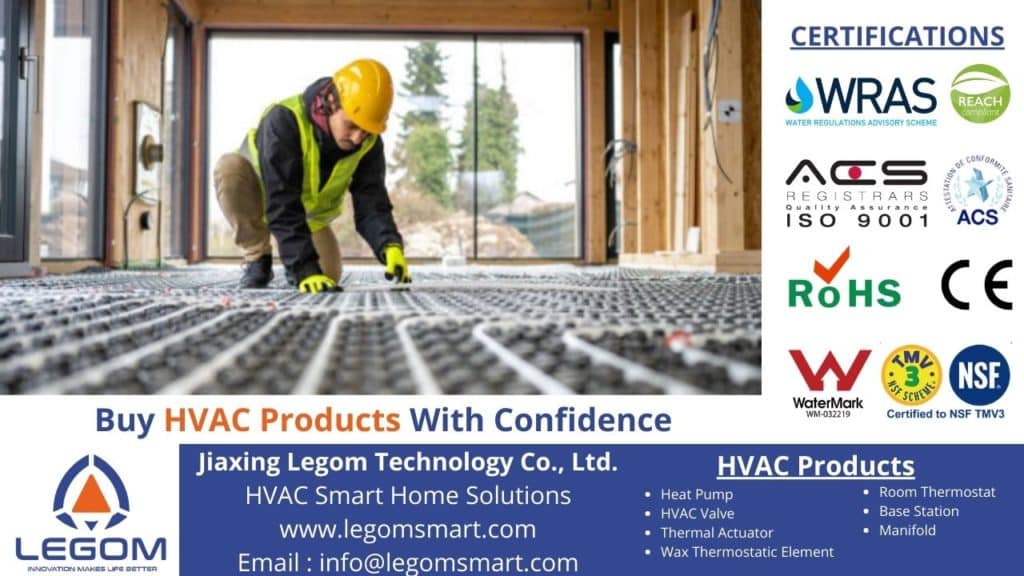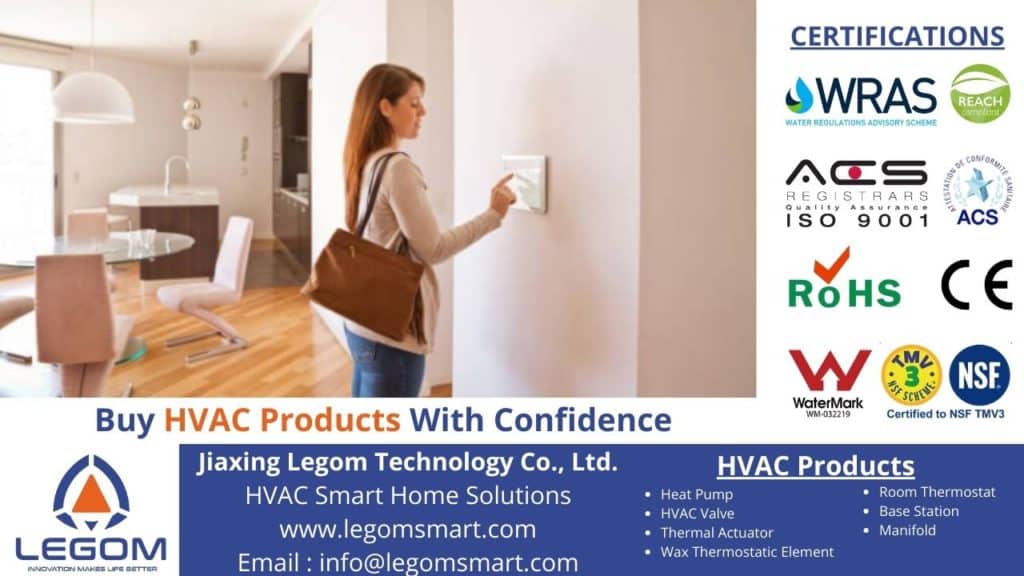Technicians can operate safe and efficient HVAC equipment according to certain standards. Whether it is a large-scale HVAC project such as in a commercial building or a small scale like in a family home project. HVAC system standards typically come from local, state, and international regulations that establish guidelines for HVAC design, installation, safety, and maintenance. For suppliers who want to sell their products in Europe, they must follow European standard HVAC guidelines.
The European standard is the most appropriate one for the continent with 4 seasons. There are also other general standards like ASHRAE, IECC, UMC, NFPA 70 and NEC. HVAC itself is a system that you can use to make a proper condition to the air in an area so that the air quality is good.
The application of HVAC systems covers all industries that have a variety of structures ranging from residences for single family homes, hotels, apartment buildings, to production and storage sites of industrial buildings.
Meanwhile, the vehicles we often ride in such as airplanes, trains, cars, ships, and even submarines also use HVAC systems. There should be environmental regulations that must be in accordance with safe, orderly, and healthy building conditions. Fresh air from outside will enter inside through previous temperature and humidity settings.
This HVAC system has to meet certain codes and standards as a standard for safe operation of HVAC equipment and avoiding hazards. So, that everything becomes efficient because there are guidelines for saving energy that people can rely on. Every property owner and HVAC installation service provider must be aware of codes and European standard HVAC to maintain the safety of systems and their users.
Contents
European Standard HVAC for Heating Systems

European standard HVAC for heating systems covers the conversion of gas fuel and its use in HVAC installations. There are several components and materials that combine with the application so that control of the equipment can run well. On average, 45% of heating energy in the EU goes to the residential sector and 36% goes to industrial areas. Then the remaining goes to the services sector.
The use of fossil fuels for HVAC systems in buildings can reach 75%. However, we know that today’s European standards already use cleaner renewable energy. The effects of greenhouse gas in the European Union may decrease due to increased building energy use.
The first direction to be able to switch to renewable energy, EU countries must follow the European standard HVAC which stipulates minimum energy performance requirements for cost savings.
Both new buildings and old buildings that are undergoing renovations, the heating system must use a heat pump. The use of fossil fuels for heating via gas boilers in commercial buildings is no longer relevant due to increasingly high gas prices.
Heat pumps can quickly reach high water temperatures so their energy performance is also high. Then the carbon dioxide footprint of this pump is lower even though operating costs are low too.
European Standard HVAC for Ventilation Systems
The use of exhaust fans in mechanical ventilation system is the simplest in European standard HVAC. With an inlet to provide additional air to the ventilation system, this creates no heat exchange. You can find a number of waste points in areas such as the kitchen and bathroom.
There are also full duct ventilation systems for tightly sealed buildings. This system works by supplying fresh air from outside and then filtering it into the building. For a few moments, the air flows freely through a number of areas inside the building before passing through the exhaust duct to the outside. With this ventilation system, you will never feel hot and humid because the volume of incoming air is equivalent to the exhaust gas.
Then the use of two-way ventilator is common here. There is one fan unit that will remove air and another unit that will supply air. Next, a push and pull system occurs to produce air flow which will become the supply and then go to the exhaust channel.
European Standard HVAC for Cooling System

Air conditioning according to European standard HVAC is a normal thing in offices in European countries. Meanwhile, AC units at homes are rare. This happens because European countries often have warm summers. People often cool their bodies with simple methods such as turning on a fan or wiping their skins with an iced towel. They rarely experience extreme heat and the temperature always rises like in most countries in Asia and America.
However, increasing hot temperatures have created heat waves in Europe so far. People think about a new paradigm regarding air conditioning. Some still use AC. However, many people are starting to become aware of the environment changes. They start to implement HVAC systems.
The heat pump is a wise solution they take. The way it works is the same as a heating system where this pump gets heat energy from outside to flow inside in the form of cold air. With perfect technology, they can adjust the temperature of the cold air inside.
Legom products are also present in a number of European countries and more than 90 other countries with equipment that complies with European standard HVAC. We understand the different needs of each country and how international standards apply to implementation in the field. For this reason, our partners, who have more than 400 members, will be the right guides in implementing the HVAC system.
We work in a green area where environmental conditions are our main concern. So, we create products with the latest technological innovations that will be in harmony with sustainable living for a much better life in 2030 and so on.
We do all HVAC systems in smart homes, smart offices, and of course smart commercial buildings. We believe we can do modern living by utilizing the technology in our hands, but we never give the bad impacts to nature. Nature is a source to our energy that we must keep till the last day on earth.
